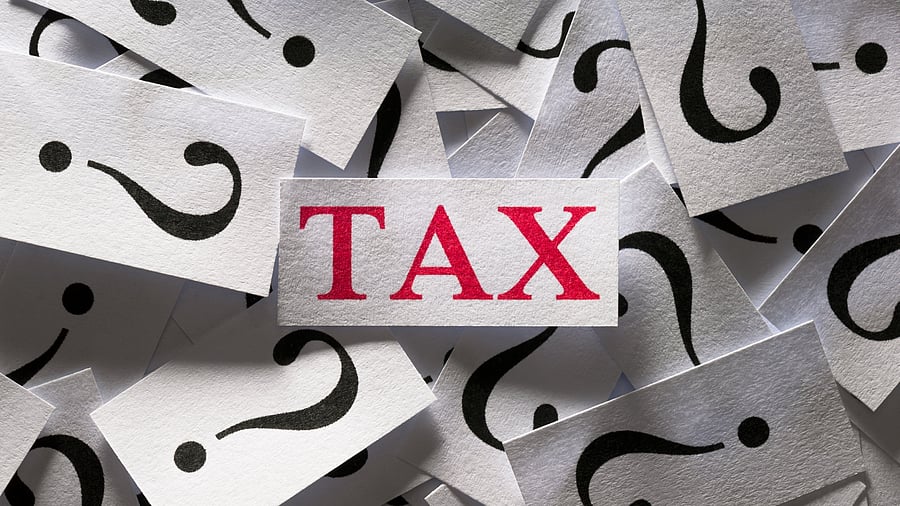
Representative image for tax.
Credit: iStock Photo
As Union Finance Minister Nirmala Sitharaman will be presenting the Interim Budget for the fiscal year 2024-25 on February 1, we take a look at how direct and indirect taxes impact us. Taxes play a major role in funding a government and shaping its economy. In India, taxes are divided into two main types: Direct taxes and indirect taxes.
First of all, let us understand what direct and indirect taxes mean.
Direct tax: Direct tax is money paid directly to the government by people or organisations based on their earnings. The person pays tax according to their total earnings in a year. Examples of direct taxes are income tax, property tax, corporate tax, wealth tax, gift tax, security transaction tax, and capital gains tax. So, direct taxes are what one pays directly from their income to the government.
Indirect tax: Indirect tax starts with the sellers of goods and reaches the person buying the product or service. Unlike direct taxes, indirect taxes apply to things one purchases. Examples include sales tax, value-added tax (VAT), and excise taxes. So, when someone buys something, part of the money spent goes towards these indirect taxes.
Direct and indirect taxes differ in how they are applied and paid. Direct taxes, like income tax, are the responsibility of the earning person. On the other hand, indirect taxes, like sales tax, are initially paid by the seller, which could be anyone buying something. So, indirect taxes can be moved around between different people or groups involved.
Simplification in indirect taxes delivers higher exports, higher domestic manufacturing, more value addition in the economy and green energy and mobility.
Direct tax proposes to reduce the compliance burden, promote entrepreneurial spirit and provide tax relief to citizens.
(With PIB inputs)
